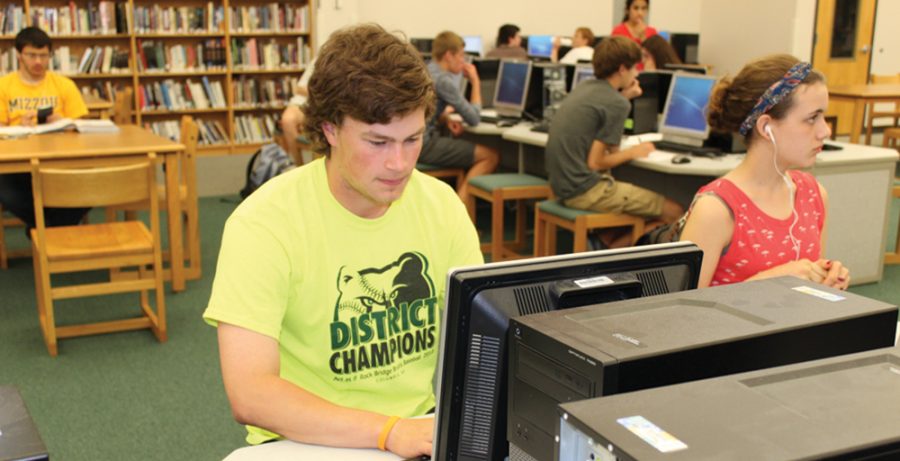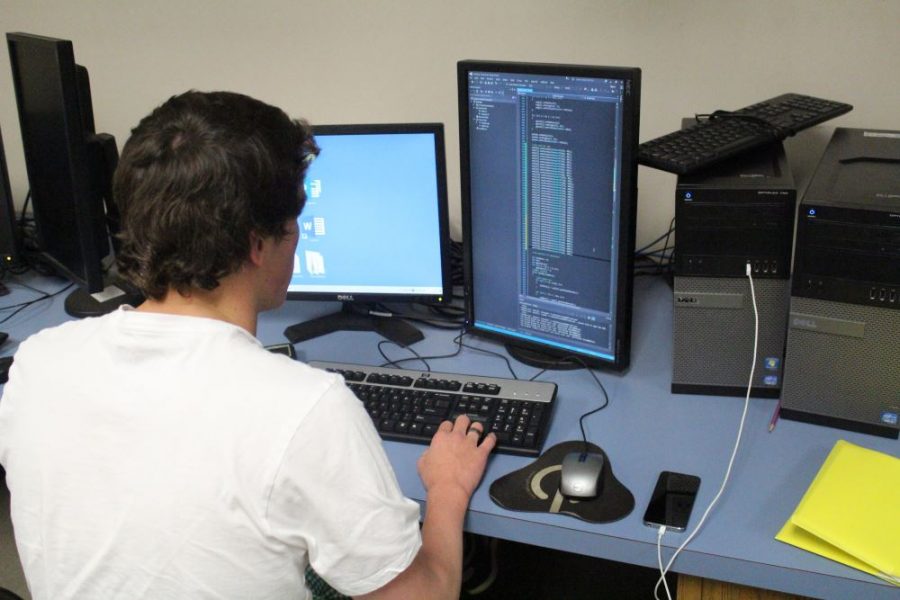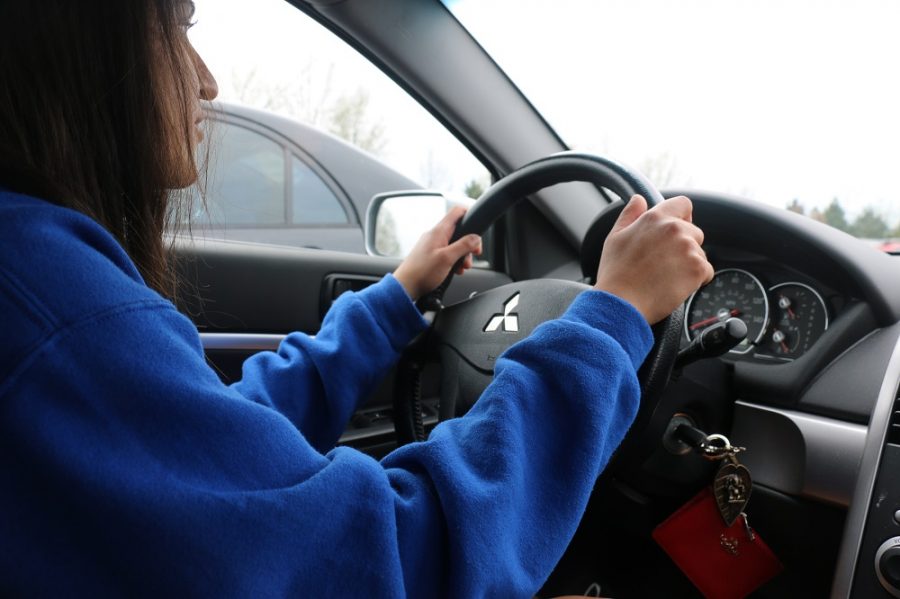Senior Victor Topouria doesn’t often use emoticons in his texts. When he does, it is almost never to his friends. Despite his sarcastic nature, he deems the small smiling and winking faces as simply unnecessary in most conversations.
“I use [emoticons] more often if it is a stranger that I’m texting or somebody I don’t know that well,” Topouria said. “With my friends I am usually very sarcastic, and they know I’m kidding, so I don’t have to use emoticons.”
Although Topouria doesn’t really use emoticons in his own texting conversations, he said he can understand why others enjoy sending them to their friends.
“I don’t think it’s just because people think it shows exactly what they’re feeling, but also since there is so much variety, they just like to have fun with it,” Topouria said. “They have monkeys and stuff like that on iPhones, and I don’t even know what those mean.”
Yet according to a recent article from Buffer Blog, emoticons might eventually extend further than their current realm of texting and social media. The article listed seven different scientific studies on the use of emoticons that promoted their usage in both personal and professional settings, citing their ability to make the writer seem more friendly or to “soften the blow of critique” in the workplace.
Assistant Professor of Communications at the University of Missouri-Columbia Melissa Click said emoticons provide a way of securing the meaning and tonality of text unique to other forms of written language.
“First of all you have to have the technology for them, so the technology makes them possible, which is exciting for people because when you’re communicating in a medium where your face can’t be seen or your voice can’t be heard, you don’t get to express the way you might normally with your voice or your gestures,” Click said. “I think emoticons allow people to emphasize, to anchor their meaning with images.”
However, this extra level of emphasis is not appropriate for all spheres of communication. Despite their benefits, Click said she doesn’t think emoticons should be used in professional conversations.
“It depends on the context in which you’re using them,” Click said. “You probably don’t want to use emoticons with an employer, but among friends or in a romantic relationship or even with parents [it’s OK]. I guess it depends on when you’re using it and the context in which you’re using it.”
Emoticons might not just be used in the professional sphere of individual communication, though. Junior Brandi Robison said she believes emoticons, with their popularity and the results of studies such as those listed on Buffer Blog, could even make their way into longer pieces of writing as well as in social media posts and text messages.
“People are becoming too lax, and it could certainly ebb its way into the writing system,” Robison said. “It will start with teachers experimenting and allowing text speak, but I do believe that eventually — maybe in our lifetime, maybe not — it will become standard, almost like punctuation.”
While she believes emoticons could one day become part of longer pieces of writing, Robison said she doesn’t feel that this is necessarily appropriate for such an informal form of communication.
“I feel like it depends on the forum. If it is a chat or Tumblr, it is OK, but if it is an ‘official’ forum like an online support group or something serious, it is definitely inappropriate,” Robison said. “In any social media setting, emoticons are pretty annoying. They make anything you are saying less serious.”
Similar to Robison, Topouria said he doesn’t think he would ever use emoticons outside of text messages or social media. He said their overuse in some forums today seems to be, at times, “emasculating.”
“I can’t ever see myself using them in writing,” Topouria said. “It can become a habit that you can’t really let go of and it might make you a little bit more hesitant when you’re texting, or it could be used to hide something that you feel truthfully.”
All in all, while he believes emoticons to be an interesting way to communicate and a fun way to decorate informal text messages between friends, Topouria said he doesn’t believe they are overly beneficial to any conversation. Rather, he said the overuse of emoticons in any setting can replace the ability for one to be truly creative in their word choice.
“They’re good for breaking the ice. I think that is the best purpose they serve — to break the ice with someone you don’t know that well,” Topouria said. “I don’t think they serve much more purpose if you’re talking to friends who know you well, because the main disadvantage is that you get less creative with your writing and more creative with your emoticon use. So, the message you’re trying to send somebody isn’t really expressed through your text. It is expressed through the images you’re using.”
Robison agrees and said while emoticons may be fine in moderation, their overuse in society could eventually threaten to replace creative language with simple pictures.
“I think it will take away the authenticity. If one is using emoticons, then they may not choose the proper wording, meaning they could supplement meaningful statements and thoughts for emoticons that they believe, but truly don’t, convey the same message,” Robison said. “I really feel that emoticons are used if you don’t know what to say. That is when I use them. They definitely shouldn’t be used too often. They don’t enhance the conversation any.”
Click agrees that emoticons might, in some situations, lead to less precision in word choice. Still, she said emoticons can certainly be a fun and creative way to communicate, if only in an informal setting.
“I would say that emoticons are most useful when communicating in a textually-based medium and probably in a more informal context than a formal one,” Click said. “Probably, in a more formal context, you would be more focused on being careful with your language than in a social one, [but] in an informal situation, emoticons would help you to anchor the emotion behind the words that you’re using [and] to clarify for the person you are communicating with the intent of what it is that you are trying to communicate.”
By Nicole Schroeder
art by Maddy Mueller
Categories:
Emoticons move to replace the written word in all platforms of life
March 10, 2015
0
Tags:

















































































